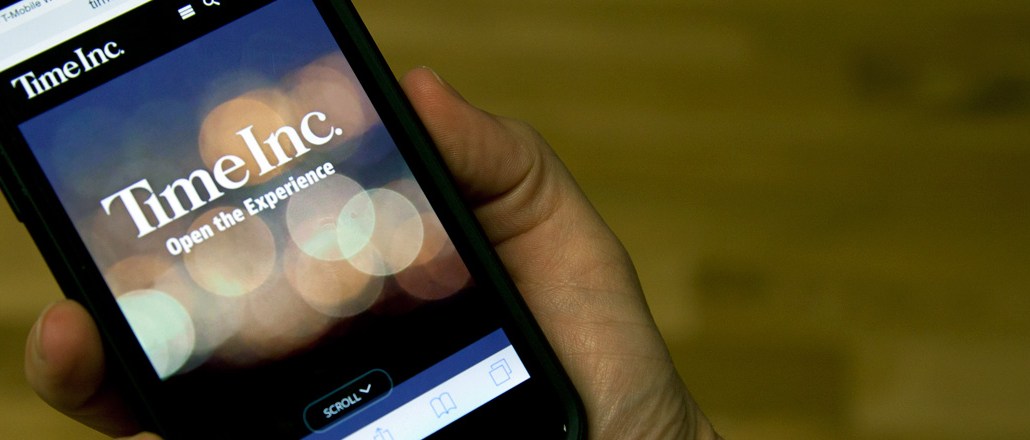Insights from CTV leaders at Dentsu, Horizon Media and more

In December, Jen Wong jumped from PopSugar, where she was chief business officer, to become Time Inc.’s new president of digital.
As a legacy publisher, Time Inc. still gets 76 percent of its revenue from its print brands like Time, People and Sports Illustrated. It’s Wong’s job to get the company to do more to grow its digital business, by taking advantage of advertisers’ shift to native and mobile formats, data targeting, connected TVs and e-commerce.
She recently sat down with Digiday to discuss the hard work of speeding up the pace of change, why she thinks the gap between Time Inc. and pure-digital is narrowing and the value of being first with platforms like Facebook.
Here’s a transcript, edited and condensed:
You were brought in to accelerate the pace of change at Time Inc. What does that look like for you?
You work at an early-stage company and you make decisions by, like, noon that day. For example, we have a number of different content management systems, so within this constrained set you can pick whatever you want. We went through that process within the first 30 days and we’ll be consolidated onto two, three maximum by the fourth quarter. It’s plumbing, but it’s very, very important plumbing in today’s world.

That’s something traditional media companies haven’t been so good at.
It’s hard. We have a little ways to go in terms of getting to the bleeding edge, but the gap between us and the greenfield players — the Voxes, PopSugars — is narrowing.
Do you think Time Inc. in a year from now will be more open or cautious about distribution on platforms?
As a new platform grows and has scale, we try to be first in line and develop a relationship and test it out. Time Inc. is big and influential and matters and we should have that seat at the table in shaping what the platforms do with content partners.
Does Facebook need Time Inc.? Or do you need Facebook?
Facebook needs all the content companies. They get so much usership because they get content as well as personal info. If Facebook was all baby pictures, I don’t know that people would go there as addictively.
Publishers seem to always be trying to match what Facebook wants and can barely monetize it before the platform has made another change.
Yes, we are somewhat at the whim of the volatility of those changes, but there’s still other pieces to our business. Look at the rise of Snapchat.
Where do paywalls fit on the roadmap?
We tested a metered paywall and content-unlock paywall, where you pay to unlock the content. We’ve tested it on entertainment and news and that’s done pretty well, on major features. All of our brands have real marquee franchises, but particularly in news, you get that sense of urgency. and that was more interesting. So we’ve kept that on a handful of sites.
How do you balance the needs of ad-blocking millennials with the advertisers’?
We’re very sensitive to the impact certain ads have on time on site and exit rates. One reason we like native content is that it’s a better format in terms of engagement. It’s not intrusive as standard display ads. And it’s a good mobile ad solution.
But why do you think ad blocking is on the rise?
Supposedly it is because of the high-impact disruption, intrusion. But you know, I think it’s a little bit of a game of whack-a-mole. Somebody just wants to do it, they just want to do it.
More in Media

Digiday+ Research: Publishers pull back their dependence on digital revenue
After a year in which publishers shifted their revenue dependence away from traditional channels and toward digital channels, 2025 has seen a shift back toward more of a balance between traditional and digital revenue sources.

LinkedIn makes it easier for creators to track performance across platforms
Creator data is becoming more accessible to third-party vendors via a new API — another step in LinkedIn’s creator platform evolution.

Ad Tech Briefing: The ‘plumbers’ posing as the unlikely saviors of the internet
After several false dawns, can Cloudflare’s ‘anti-AI scraping tool’ finally offer publishers a road to commercial redemption?





